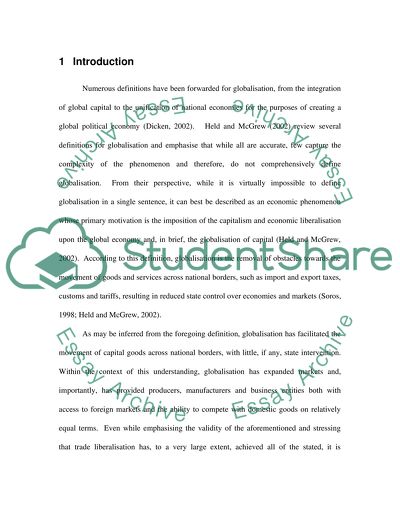Cite this document
(“Effect of environmental regulations on trade Essay”, n.d.)
Effect of environmental regulations on trade Essay. Retrieved from https://studentshare.org/macro-microeconomics/1529193-effect-of-environmental-regulations-on-trade
Effect of environmental regulations on trade Essay. Retrieved from https://studentshare.org/macro-microeconomics/1529193-effect-of-environmental-regulations-on-trade
(Effect of Environmental Regulations on Trade Essay)
Effect of Environmental Regulations on Trade Essay. https://studentshare.org/macro-microeconomics/1529193-effect-of-environmental-regulations-on-trade.
Effect of Environmental Regulations on Trade Essay. https://studentshare.org/macro-microeconomics/1529193-effect-of-environmental-regulations-on-trade.
“Effect of Environmental Regulations on Trade Essay”, n.d. https://studentshare.org/macro-microeconomics/1529193-effect-of-environmental-regulations-on-trade.


